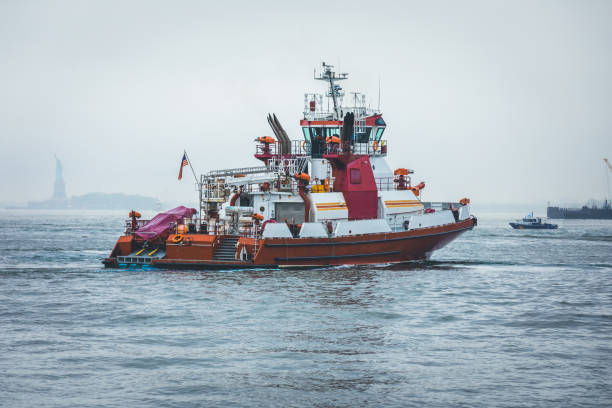Make an evacuation plan before hurricane season hits. Don’t forget to include a boat plan.
The hurricane season runs from June through November. However, August and September are the most dangerous months for these powerful storms. It is crucial to plan ahead due to the possibility of storm surges, high winds, rising sea levels, and more than 2/3 inches of rain per hour. The National Hurricane Center will keep you informed about any tropical storm-related weather conditions.
After you feel secure in your home and family, it’s time to prepare your boat for the storm.
Prepare your boat for the hurricane.
Make sure you prepare your boat for hurricane season in advance. Boat owners are advised by the National Weather Service to plan ahead. It’s too late for boat owners to dock safely after a hurricane warning has been issued. A detailed written list should be prepared that includes the following:
- A plan for an evacuation. This plan should include the removal of all detachable equipment such as canvas, sails and dinghies, radios and cushions, as well as any other equipment. Talk to an operator if your boat is docked at a marina to ensure there is no confusion when it comes time to tie up your boat or remove it from the water.
- Prepare for an emergency evacuation in the event of a hurricane. Use these drills to practice regularly.
- Emergency supplies stocking. Make sure to stock up before a hurricane warning is issued. This will help avoid possible shortages. Make sure you have enough water and food for three days. Also, make sure you have some cash and medications.
- Charging your boat’s radio. To receive the most current weather information, always charge it before you leave the port.
- Protecting essential documents.
Hurricanes are imminent
Global weather tracking gives you 12-24 hours’ notice before a hurricane. After a storm is announced, you should start implementing your plan immediately. Remember to follow any evacuation instructions.
- Get the boat ready. Turn off the electrical power to the boat and take out the battery. Remove any equipment that isn’t permanently attached to prevent the boat from breaking. Anything that cannot be removed, such as booms, wheels, and tillers, should be tied down. To prevent chafing, wrap protective coverings around the ropes. All windows, hatches, and doors should be sealed. Make sure you also shut off the fuel lines. To protect your boat’s sides from the pier, add extra fenders.
- Keep your vessel in the water. Anchor your boat with at minimum two anchors. Position the bow of your boat in the direction the wind blows. To counteract storm surge effects, anchor lines should be 10 times the depth of the water at the mooring site. To prevent water from flooding your engine, cover the vents in the engine room and plug the exhaust pipes at the stern.
- For small, lightweight boats, it is best to trailer your vessel as far as possible. To stop the boat from rolling, secure the trailer by tying it to it. You can tie larger boats to the storage cradle using several heavy lines. To hold the boat down better, pump water into the bilge depending on its weight. Never leave the boat unattended on davits or hydraulic lifts.
Every year, review your boat insurance policy.
You can minimize the damage caused by a hurricane. You can protect yourself against many of the hazards of owning and operating your boat. Contact your local agent for more information.
What to do in the aftermath of a hurricane
Even if you take all precautions to avoid a hurricane, your boat can still be damaged. While you should still inspect your boat after a storm passes, it is important to be cautious. Strong storms can cause damage to electrical wires, dangerous roads, and the spread of hazardous debris. If local authorities declare it safe to access your boat, be sure to inspect for fuel leakage, missing dock boards, and sewage backups.
Wear sturdy boots and gloves when inspecting your boat for the first time. Also, bring along basic tools like:
- Duct tape
- Camera
- Extra line
- Trash bags
- Cleaning gear
- Anti-corrosion spray
Your first goal is to get rid of as much salt, water, and mud as possible. Next, you will need to get rid of any debris in the bilges or pumps. Duct tape is temporary enough to secure damaged rigging and railings, as well as seal cracks and holes. Also, check the water level of the bilge for underwater damage. You should also inspect the galley fuel and engine systems for any damage.
Contact your insurance agent if your boat has been damaged, sunk, or abandoned. It is hard to salvage a boat.
You should not only inspect your boat after a storm. Keep reading to prevent further damage to your property.

Leave a Reply